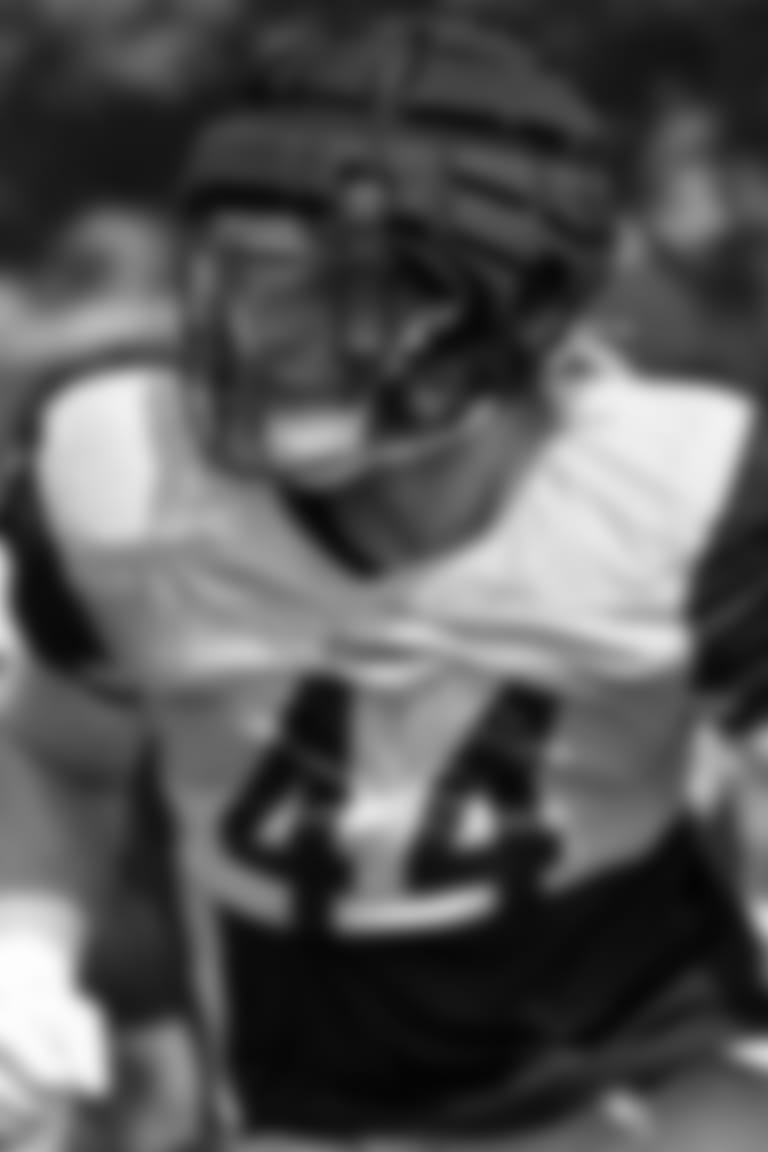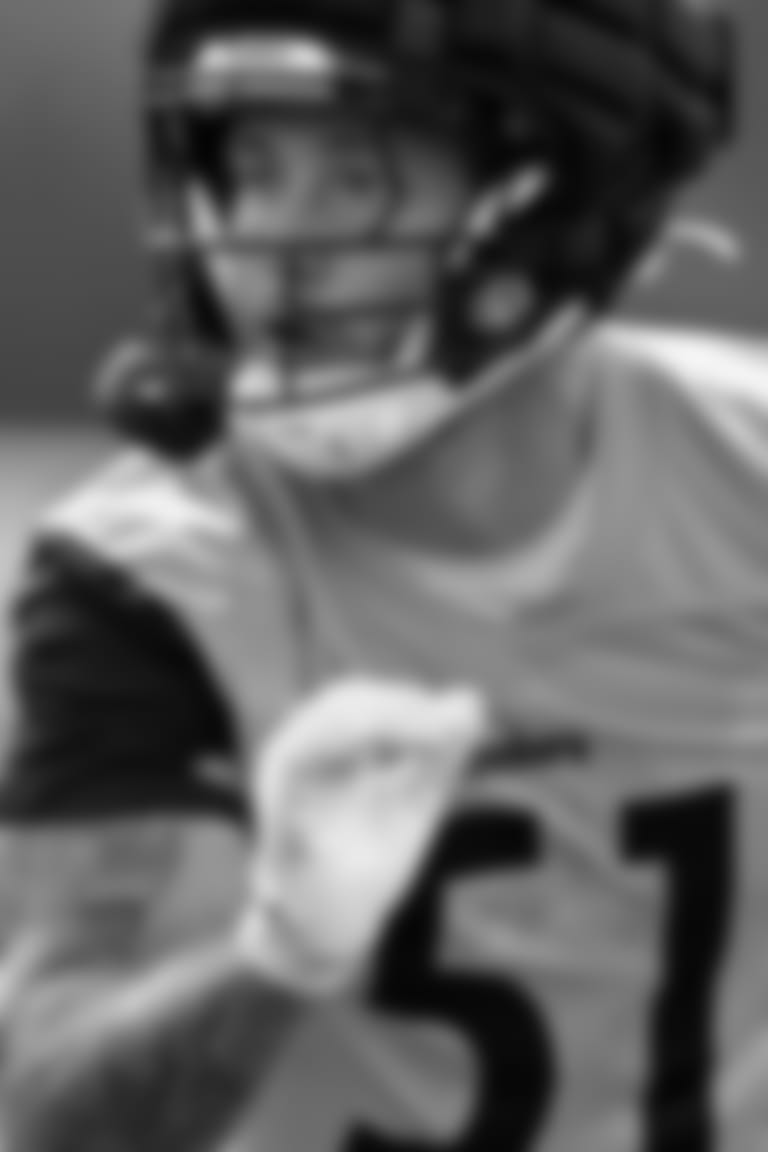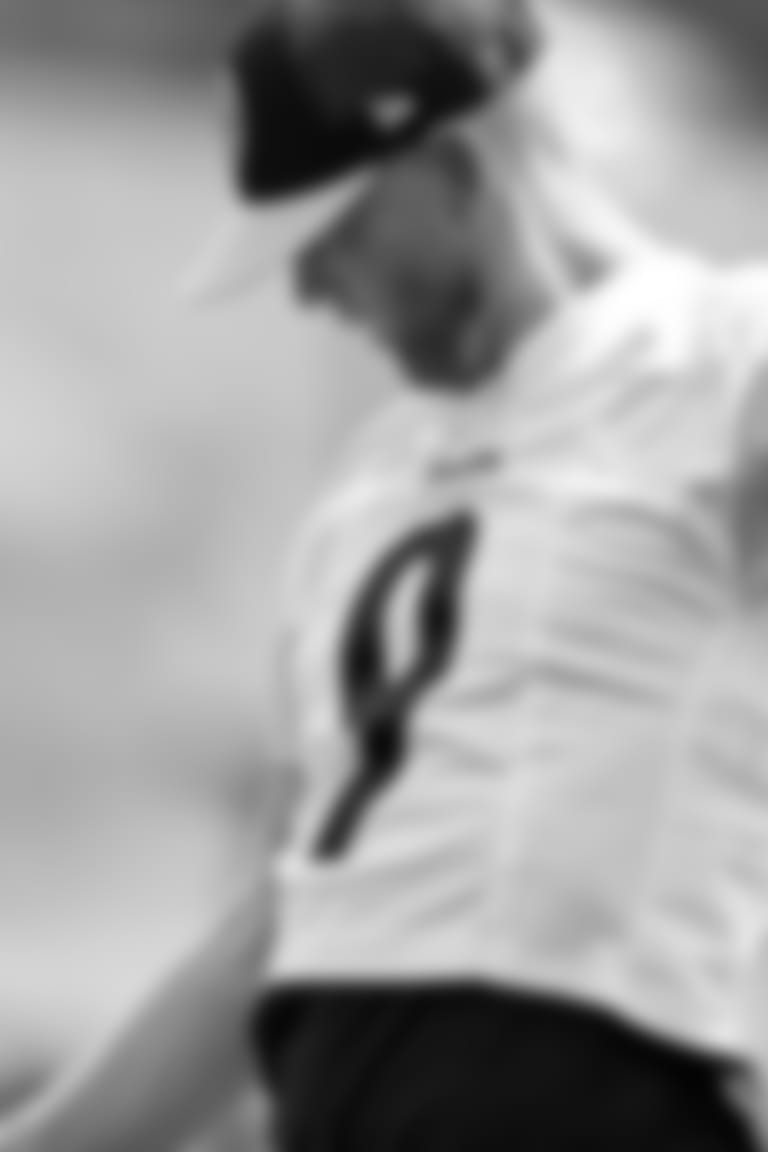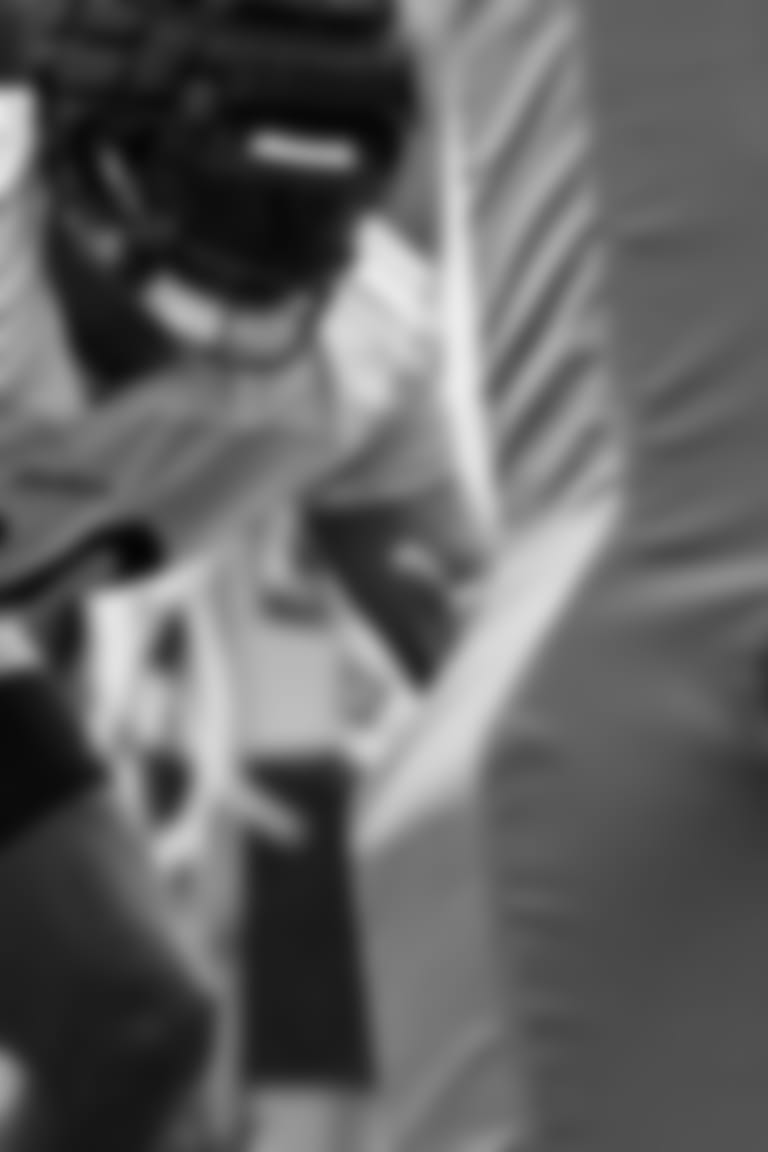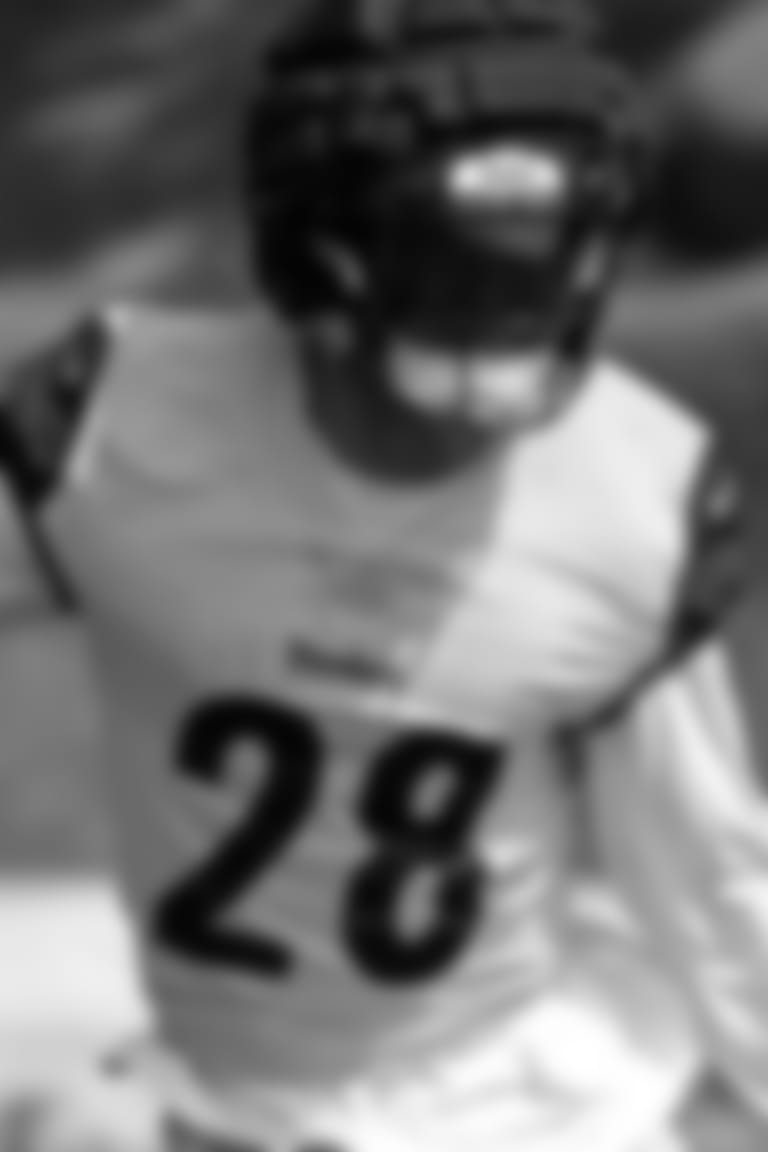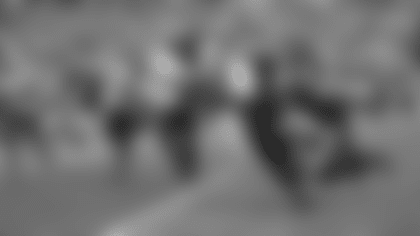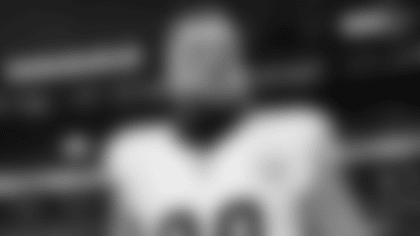On the same day NFL ownership voted to make dramatic changes to the league's kickoff rule, the Steelers signed free agent Cordarrelle Patterson, who has an NFL-record nine career kickoff returns for touchdowns.
Coincidence?
Not likely.
NFL ownership voted to not just tweak the current kickoff rules, but massively overhaul them March 28 in Orlando, Fla., sending special teams coaches across the league scrambling to figure out the ramifications of what was approved.
"People that watch it to start are not going to know what they're looking at," said Steelers special teams coordinator Danny Smith, who was one of a handful of coaches who helped come up with the new rule at the behest of the league.
"It is a complex rule. It is a vast change. It's very interesting. There is going to be more action. It's in. You've got to love it."
The new rule, which received approval on a trial basis for the 2024 season, will look much different for fans watching the game, starting with the Steelers preseason opener against the Texans. It also will be much different for the players, who have never done anything like this before.
Here are the highlights of the new rule:
- The kicker will still kick off from his own 35 but his teammates will now line up on the opponents' 40 and cannot move downfield until the ball is either touched by the opponent or hits the ground.
- The receiving team must line up at least seven players between the 30 and 35 yard line in what's being called the 'set up zone' and they're allowed a maximum of two players inside the 'landing zone' which is between the goal line and the 20.
- If a kick off hits short of the landing zone, the receiving team automatically starts at their own 40-yard line.
- If it lands inside the landing zone and goes through the endzone, the drive starts at the 20.
- Any kick that is downed in or lands in the endzone and goes through results in a touchback to the 30 yard line.
- If a kick off goes out of bounds, the receiving team takes possession on its 40-yard line.



